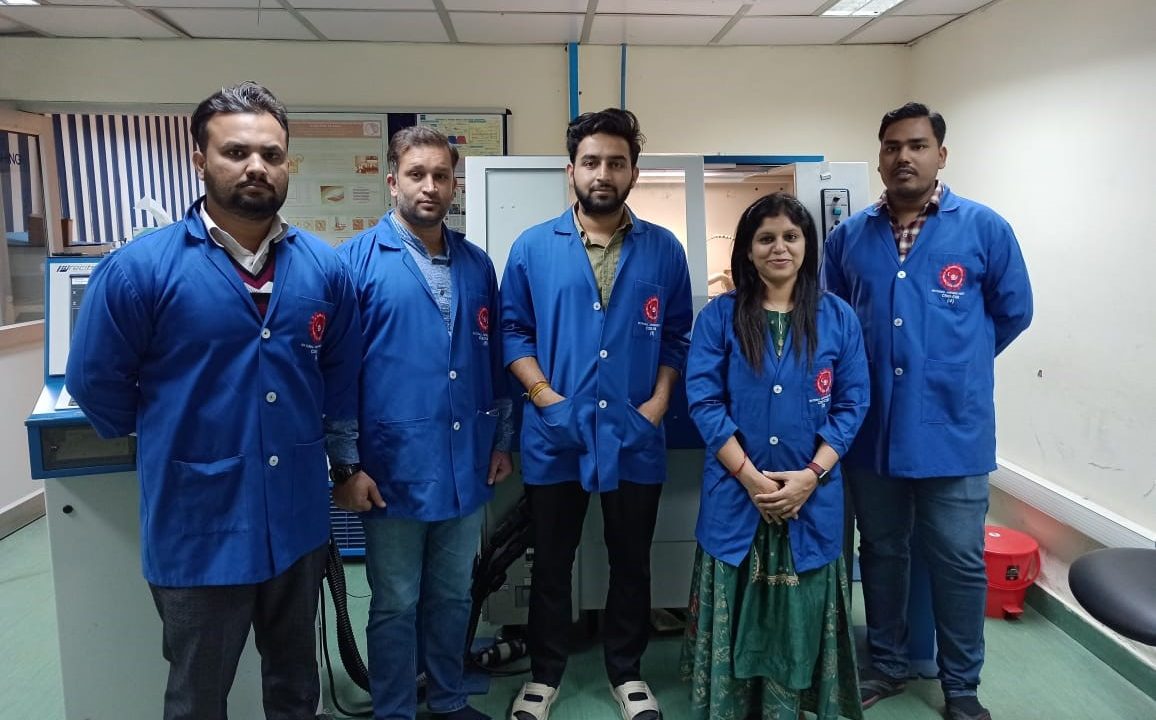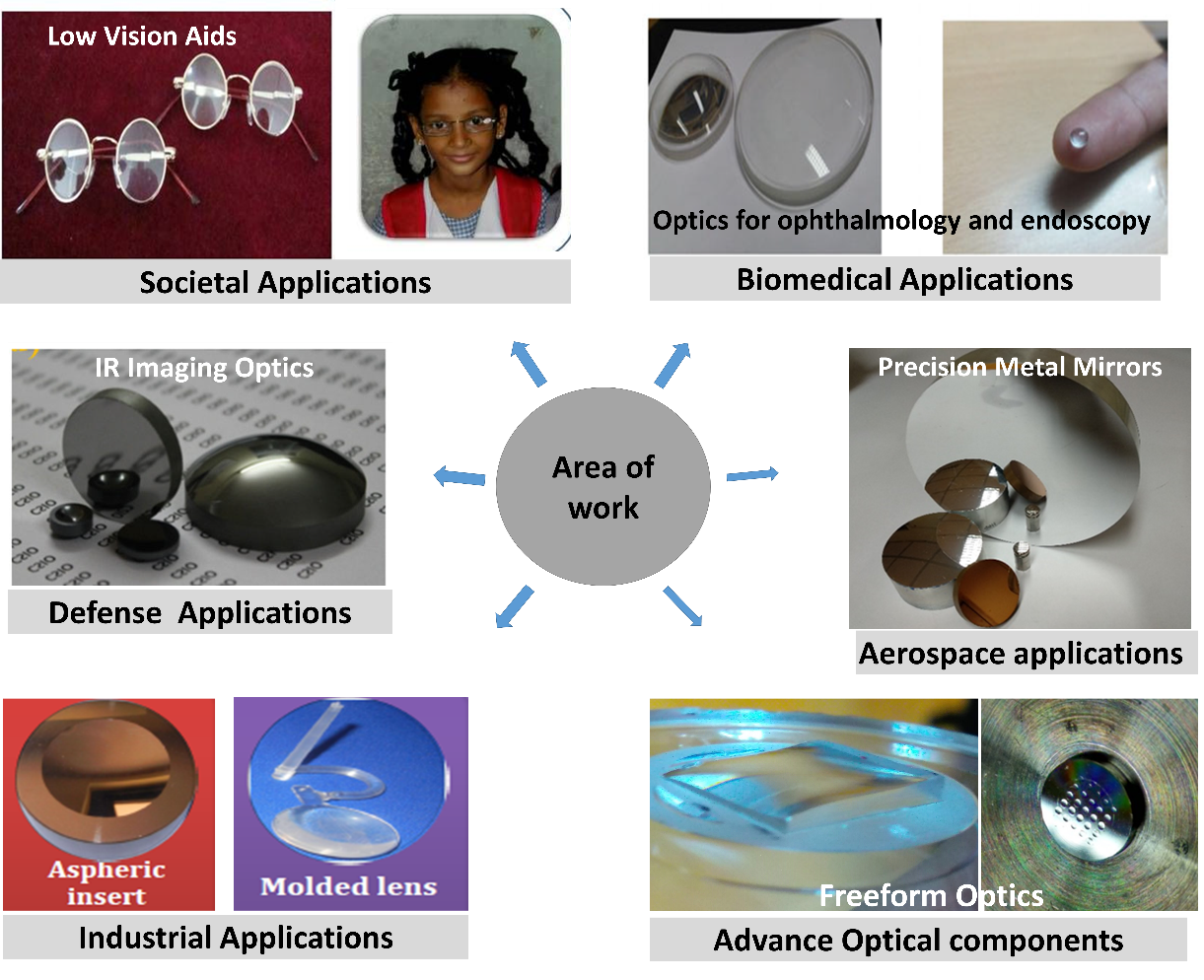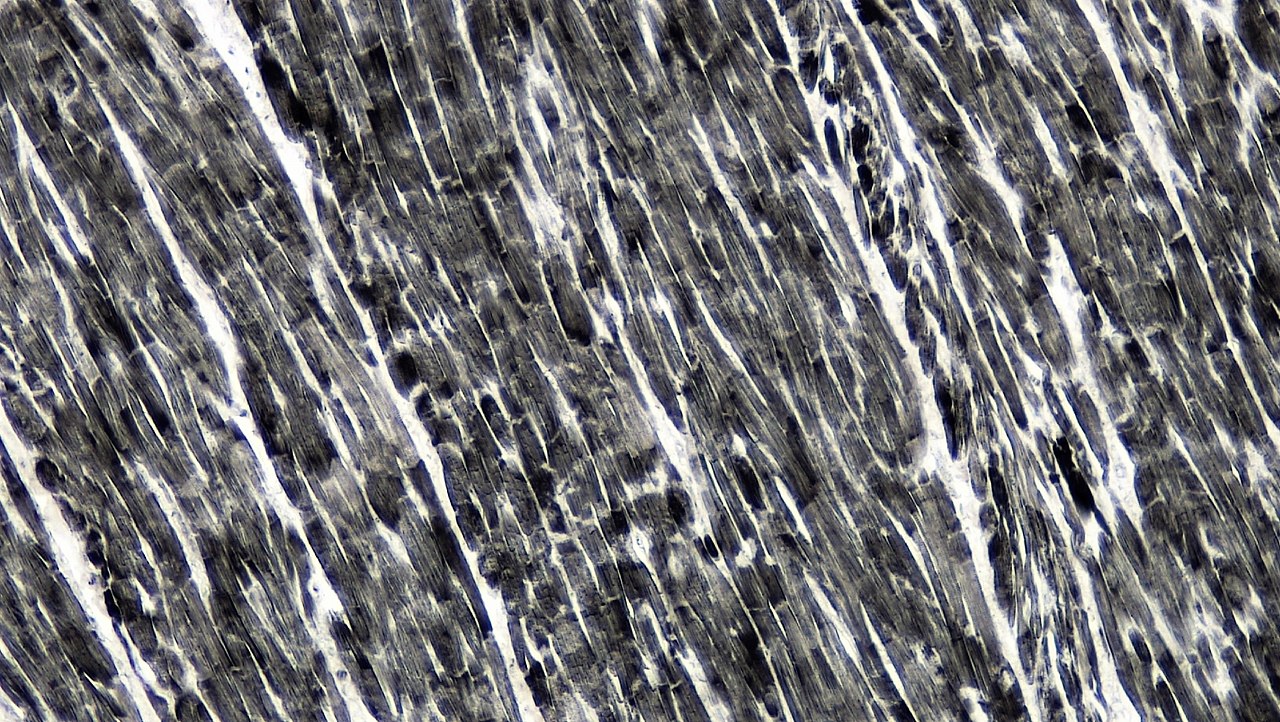
Researchers Develop Method for Manufacturing Optical Components
- News
- 1.9K
Freeform optics is an emerging field of optics and it has great potential in many fields. A group of researchers from the Council for Scientific and Industrial Research-Central Scientific Instruments Organization (CSIR-CSIO) Chandigarh and Indian Institute of Technology (IIT) Delhi has developed a method that would help in the manufacturing of optical components including simple shape optics to freeform optics by ultra-precision machining process and various related issues.

Currently, the manufacturing of complicated optical components such as freeform optics is very difficult due to its complicated shape and required high precision. Many other components are imported from other countries due to a lack of research in optics fabrication domain in India.
Ultra-precision machining is one of the optics fabrication techniques. “This research work would help in understanding the various issues affecting the performance of ultra-precision machining processes. The work is helpful to develop the freeform surface with Nanometric surface finish and sub-micron profile accuracies” said Dr. Vinod Mishra, a researcher from CSIR-CSIO.
With the help of developed process precision molds can be fabricated which can be utilized for mass production (molding is the process to develop the large quantities) and to cater the future needs of indigenous development of such optical components
Where the ultra-precision machining process is used to make the material is removed from the surface in a very controlled manner usually micrometer scale. “The material is removed with a very sharp diamond cutting tool. Various parameters like vibrations, thermal issues, environmental conditions, machining conditions, etc. are affecting the surface quality. We have to minimize the effect of all these factors while we are targeting the Nanometric surface quality”, told Dr. Mishra.
Freeform optics is a technique that is used in the development of high-quality optical systems. Conventional lenses and mirrors have a simple shape that is either concave or convex and they have their limitations too. They cannot produce certain light-beam paths so lenses and mirrors with a more complex aspherical or freeform surface are needed. These shapes could be a lens-shaped like a saddle or a banana.
These are also used in various other fields like medical, defense, data storage, and aerospace industries. Freeform optics is an advanced version of optical fibers. The basic difference between freeform optics and optical fibers is that optical fiber is a cylindrical shape dielectric waveguide (nonconducting waveguide) that transmits light along its axis, by the process of total internal reflection. Whereas freeform optics have asymmetrical shapes and they have no translational or rotational symmetry.
Optical fiber is used by many telecommunications companies to transmit telephone signals, Internet communication, and cable television signals. It is also used in a multitude of other industries, including medical, defense/government, for data storage, and industrial/commercial.
Freeform optics his method can also be used to develop smaller, lighter, high-resolution lenses and mirrors. New systems containing these components can be made smaller and lighter, which is a big plus for aerospace instruments, medical instruments, and other fields. (ISW)
If you liked this article, then please subscribe to our YouTube Channel for the latest Science & Tech news. You can also find us on Twitter & Facebook.


